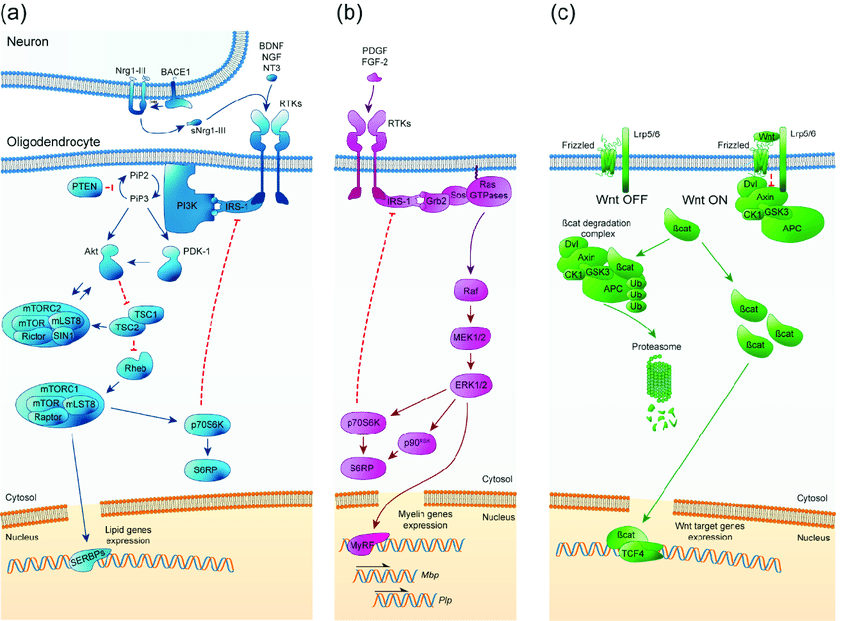ADV127-FXS for Fragile X Syndrome:
- First-in-class Sigma1 agonist
- High Potency
- Higher Selectivity
- Unambiguous activity
- Oral monotherapy
- Pharmaceutical profile
- Low potential for clinical drug-drug interactions
Mechanism of Action on Fragile X Syndrome
Candidate ADV127 has been designed to exert a disease-modifying effect in fragile X syndrome (FXS), a synaptic disorder with characteristic deficits in long-term potentiation and neuronal homeostatic plasticity, as well as increases in long-term depression due to an excessive group I metabotropic glutamate (mGlu) receptor activity, and caused by atypical gene methylation and transcriptional silencing with subsequent reduced synthesis of fragile X mental retardation protein (FMRP). Mitochondrial dysfunction has also recently been associated with FXS, with reports of increased markers of oxidative stress, reactive oxygen species and lipid peroxidation present in brain tissue.
FMRP deficiency is linked to multiple cell signaling abnormalities, including the adenylate cyclase/ protein kinase A (PKA), phosphatidylinositol 3-kinase/protein kinase B/mechanistic target of rapamycin (PI3K/Akt/mTOR), mitogen-activated protein kinase/extracellular signal-regulated kinase (MAPK/ERK), and glycogen synthase kinase 3 beta (GSK-3β) pathways, and to FMRP interacting regulatory complexes such as Ras-related C3 botulinum toxin substrate 1 (Rac1)-Wave which ultimately result in gene dysregulation and synaptic abnormalities. A key pathway affected in FXS and to which brain-derived neurotrophic factor (BDNF) signaling converges bidirectionally.
Activation of Sigma-1 receptor by ADV127 restores BDNF levels in the hippocampus, compensating multiple signaling and synaptic disorders, and other regulatory pathways, and restores mitochondrial dysfunction affected by FMRP deficiency.
Learn more

In-vivo preclinical validation in progress.
- Genetic mouse model of Fragile X syndrome (Fmr1)
V-Maze: ADV127 reverses cognitive impairment in object recognition

